Snow leopards, often referred to as the “ghosts of the mountains,” are among the most elusive and enigmatic of big cats. Roaming the rugged terrains of Central Asia, these majestic animals have evolved distinct adaptations to survive in some of the world’s most inhospitable environments. This article delves into the fascinating evolutionary journey of snow leopards, highlighting the unique traits that equip them for life in extreme cold.
A Tale of Evolutionary Adaptation
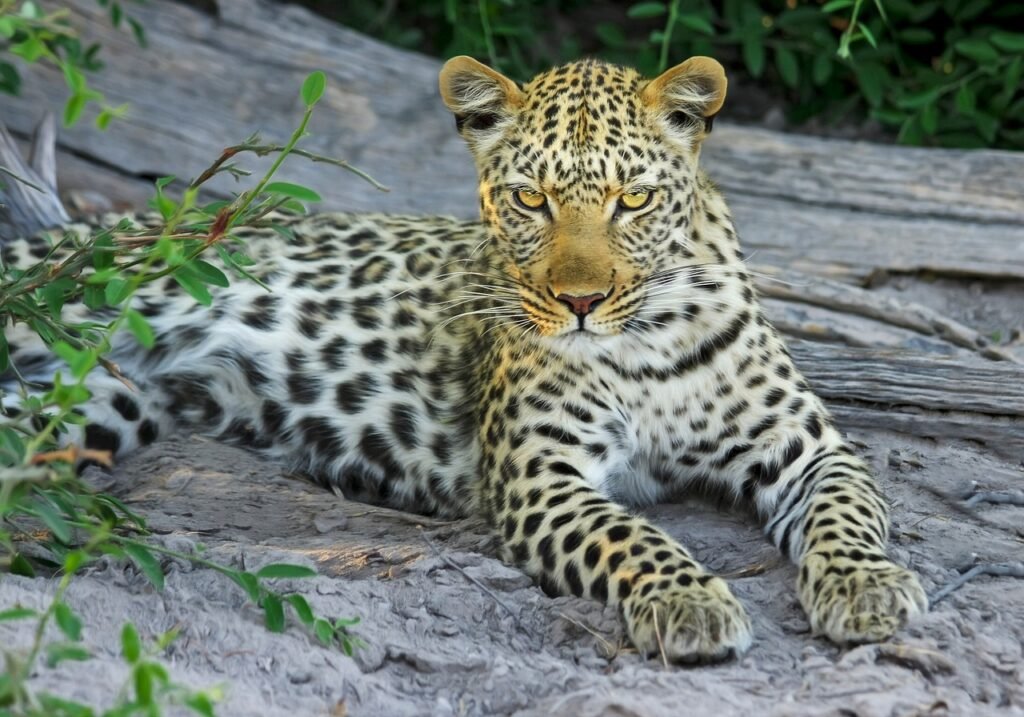
Over millennia, snow leopards have finely tuned themselves to thrive in the harsh, cold climates of the mountainous regions they inhabit. With evolutionary roots tracing back millions of years, these adaptations have allowed them to become top-tier predators in their ecosystem. Fossil records suggest that the ancestors of snow leopards diverged from other big cats around 2 million years ago, honing traits that would allow them to master icy terrains.
A Coat Designed for Warmth
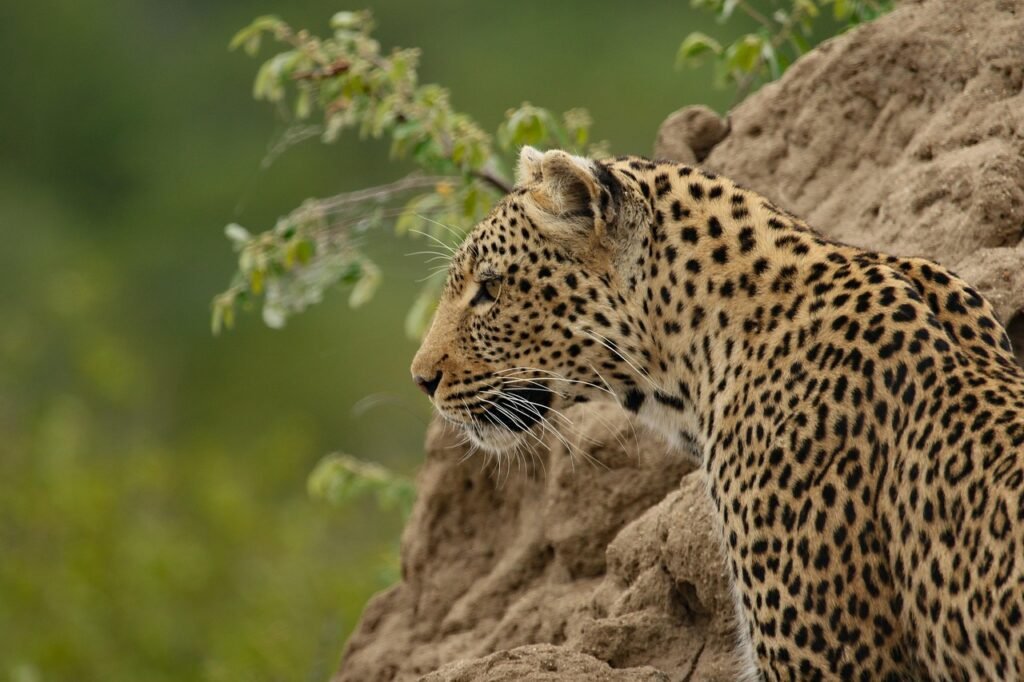
The snow leopard’s thick, luxurious fur is its most distinguishing feature and serves as essential insulation against frigid temperatures. Their dense, woolly undercoat traps body heat, while longer, softer outer hairs repel snow and water. This dual-layered fur is often pale gray with distinct dark rosettes, providing excellent camouflage against rocky, snowy landscapes.
Perfect Paws for Treacherous Terrains
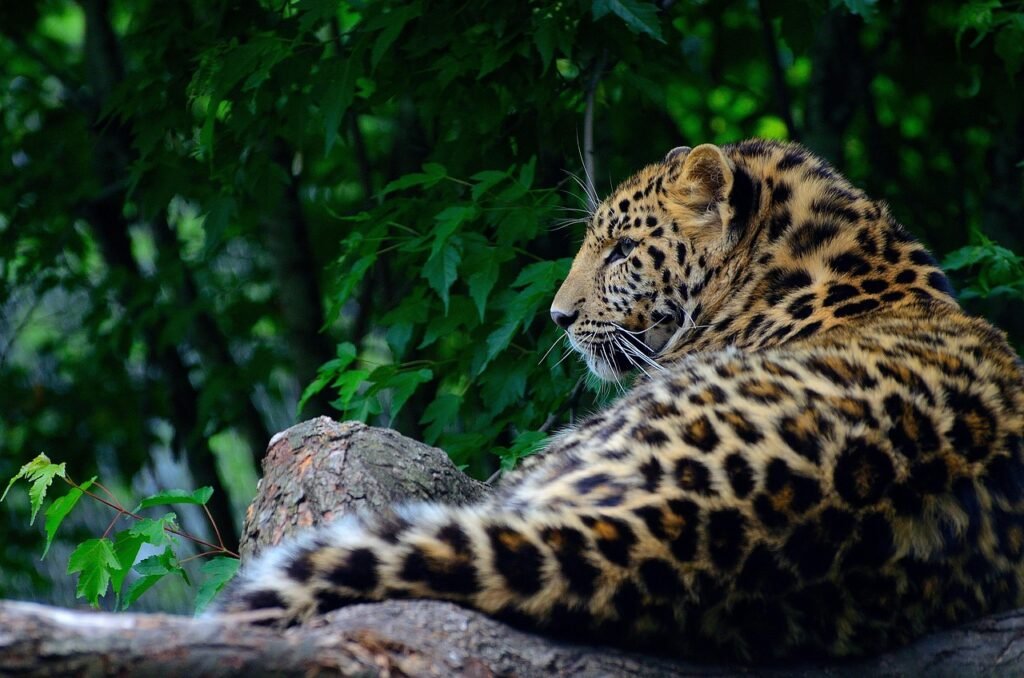
Snow leopards possess large, wide paws that function almost like natural snowshoes, distributing their weight as they tread over snow-covered grounds. Hairy undersides not only provide added warmth but also increase grip on slippery surfaces, allowing the leopards to navigate steep and rocky terrain with minimal effort.
A Tail of Many Uses
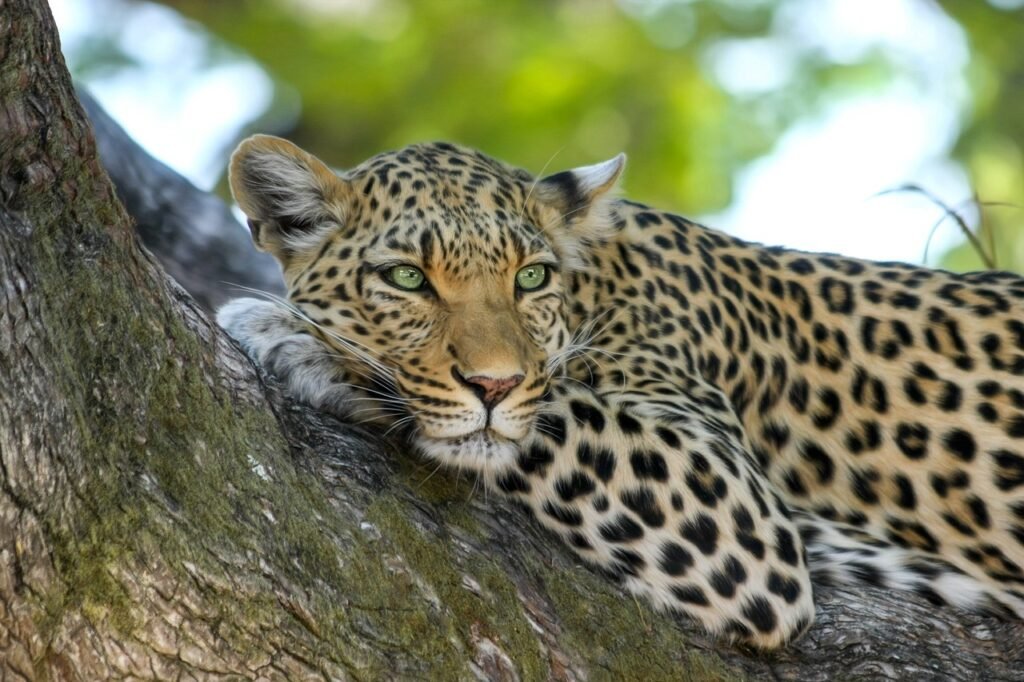
One of the most fascinating features of a snow leopard is its long, thick tail. Measuring almost as long as their body, the tail serves multiple purposes. It aids in balance when making agile leaps across rocky ledges and doubles as a cozy wrap-around blanket during resting periods to conserve heat.
Acute Senses for Survival
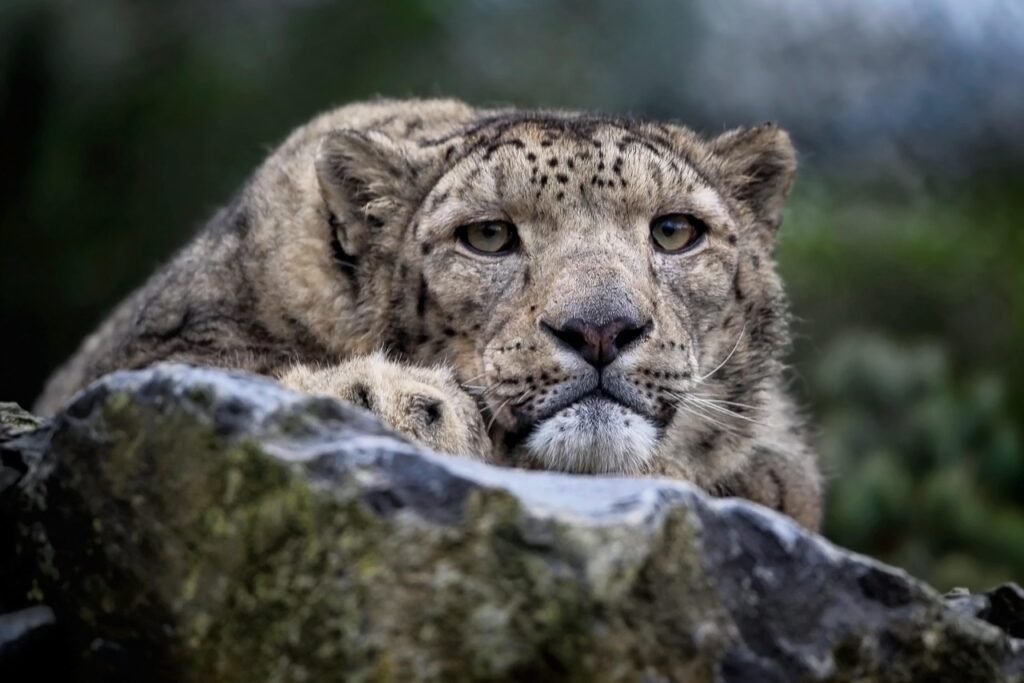
Equipped with sharp vision and acute hearing, snow leopards are master predators. Their keen eyesight helps them spot prey over long distances, even in low-light conditions typical of their high-altitude habitats. Additionally, their sensitive hearing allows them to detect the faintest sounds of potential prey moving beneath the snow.
Dietary Adaptations: Opportunistic Hunters
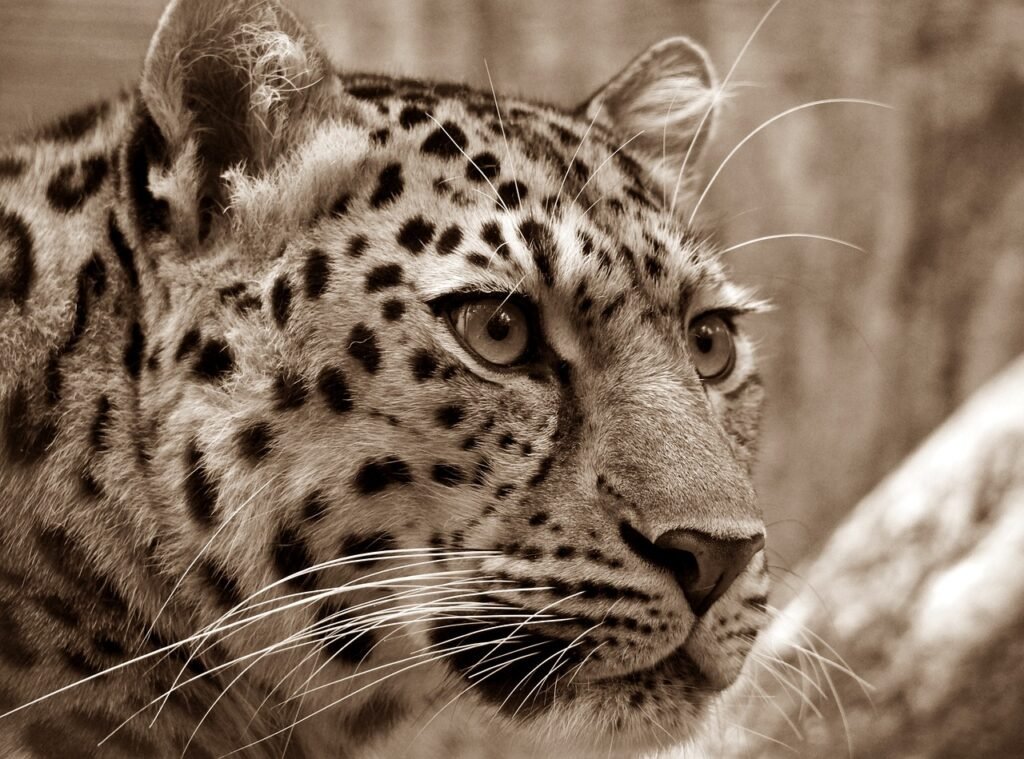
Snow leopards have adapted a varied diet to suit their environment, preying primarily on blue sheep and ibex. However, they are opportunistic hunters, capable of taking down smaller animals such as hares and birds when necessary. This adaptability in diet is crucial for survival in their unpredictable world.
Social Solitude: A Strategy for Survival
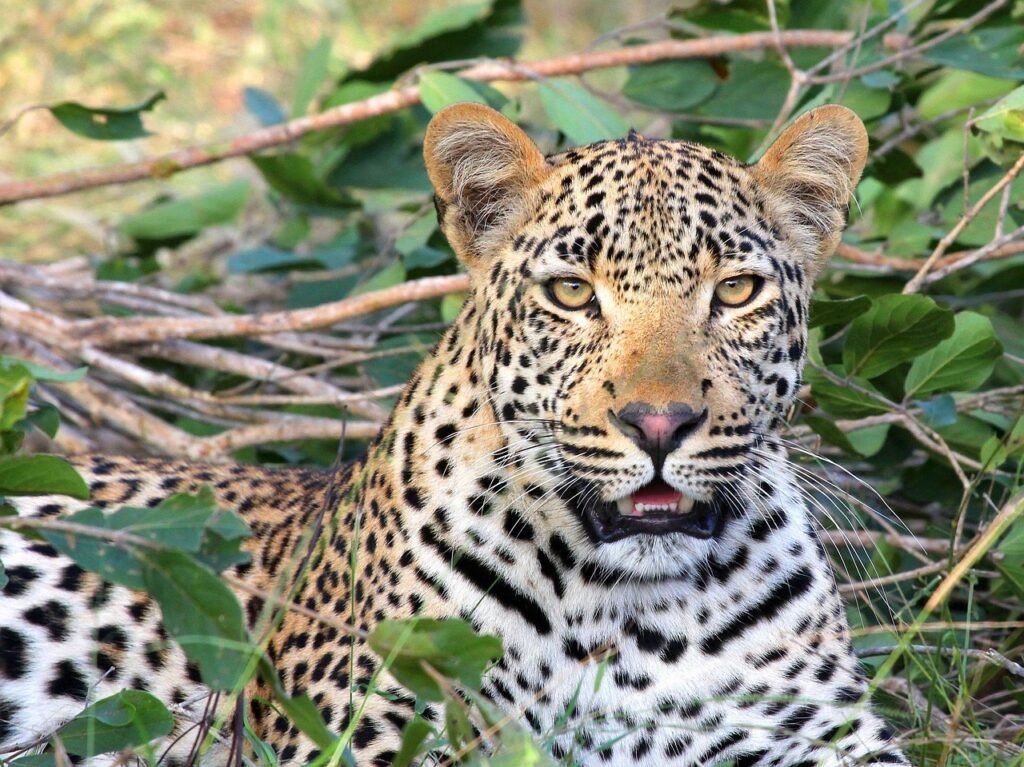
Unlike many big cats, snow leopards lead largely solitary lives. This social structure reduces competition for scarce food resources in their sparse environment. They establish expansive territories, marking them with scents and scrapes, and typically only come together for mating or rearing cubs.
Reproductive Strategies in Extreme Climates
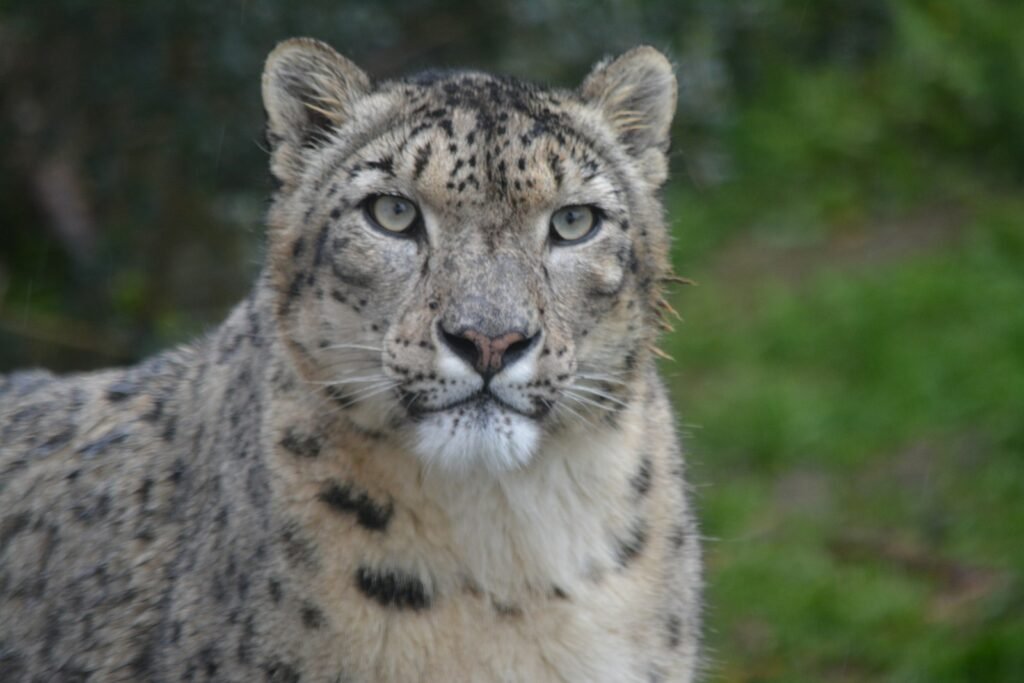
Snow leopards have evolved reproductive strategies to ensure the survival of their young in harsh conditions. Mating season is usually in late winter, with cubs being born in the spring when food is more abundant. Cubs remain with their mother for up to two years, learning vital survival skills.
Conservation Challenges
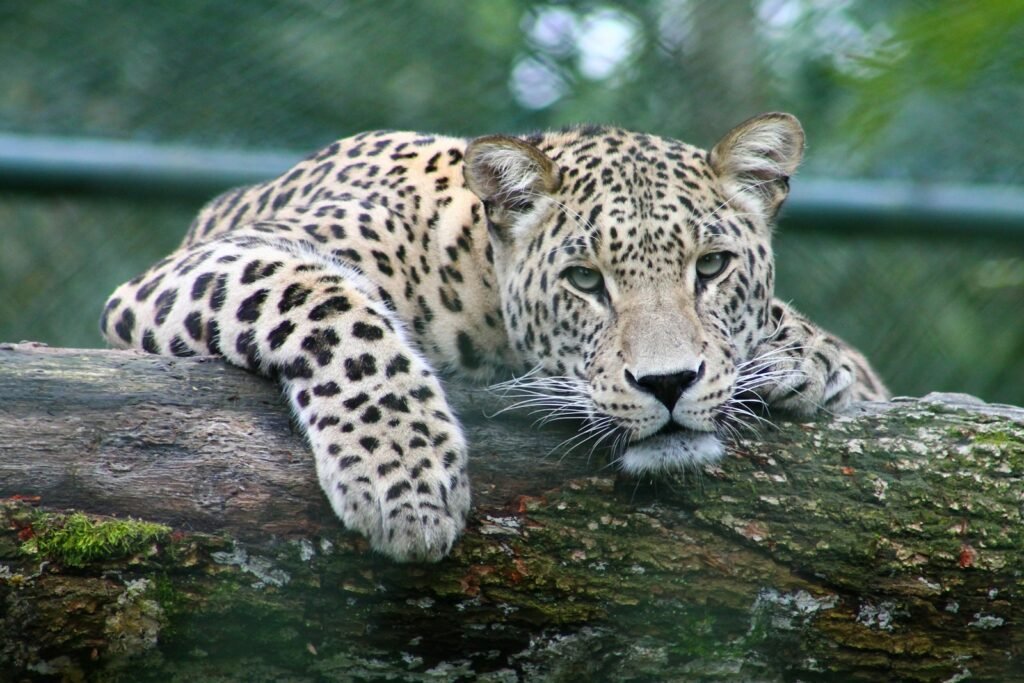
Despite their adaptations, snow leopards face significant threats from human encroachment, climate change, and poaching. Their habitats are steadily shrinking due to human activity, leading to increased human-wildlife conflict. Conservation efforts are crucial to ensure these majestic creatures continue to roam the mountains.
Efforts to Protect the Ghost of the Mountains
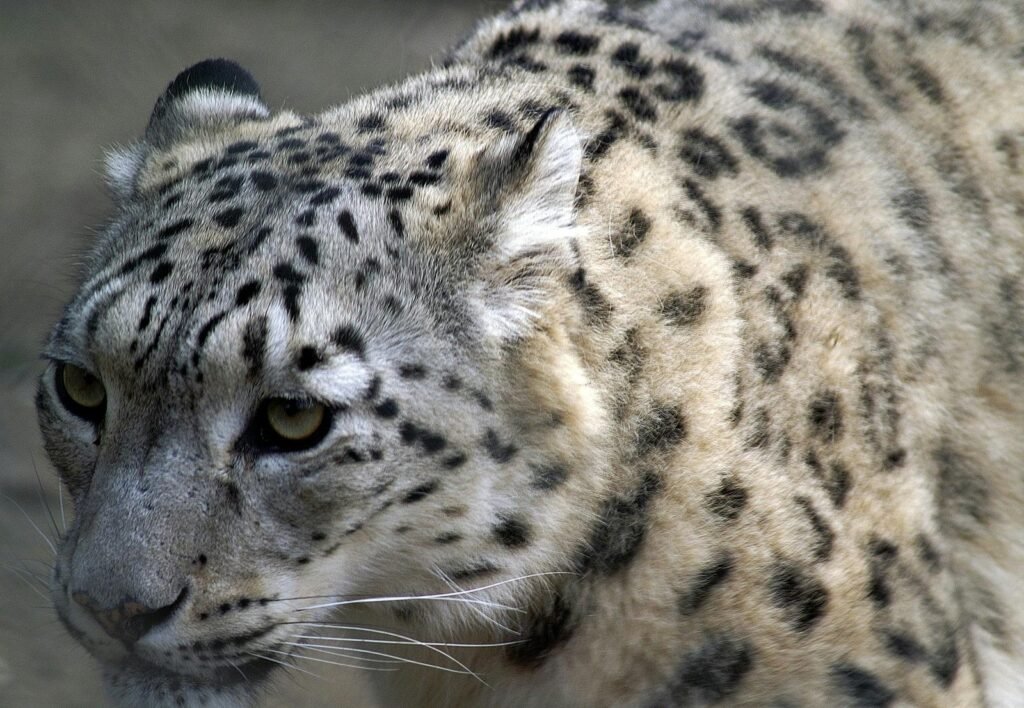
Numerous organizations across the globe are dedicated to the protection and conservation of snow leopards. Strategies include anti-poaching initiatives, community-based conservation programs, and research on snow leopard behavior and ecology to inform future conservation efforts.
Conclusion: A Fascinating Journey of Survival
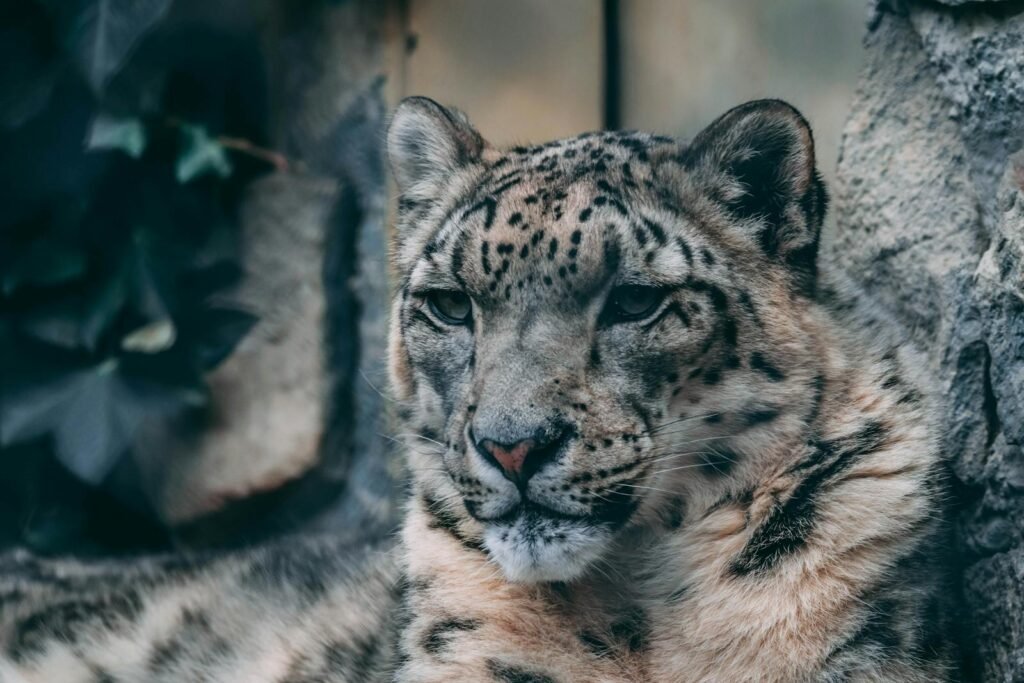
The evolution of snow leopards is a testament to nature’s ingenuity and adaptability. These majestic creatures are masters of survival, showcasing a suite of adaptations that enable them to thrive in one of Earth’s most challenging environments. While they continue to face numerous threats, our growing understanding and appreciation of their role in the ecosystem can drive efforts to protect and conserve these magnificent animals, ensuring that future generations can marvel at their mysterious beauty.
Through their remarkable journey, snow leopards remind us of the intricate balance of ecosystems and the importance of conserving biodiversity in every corner of the planet. Their story is not just one of survival but a testament to the resilience and magic of nature itself.
Hi, I’m Bola, a passionate writer and creative strategist with a knack for crafting compelling content that educates, inspires, and connects. Over the years, I’ve honed my skills across various writing fields, including content creation, copywriting, online course development, and video scriptwriting.
When I’m not at my desk, you’ll find me exploring new ideas, reading books, or brainstorming creative ways to solve challenges. I believe that words have the power to transform, and I’m here to help you leverage that power for success.
Thanks for stopping by, Keep coming to this website to checkout new articles form me. You’d always love it!






